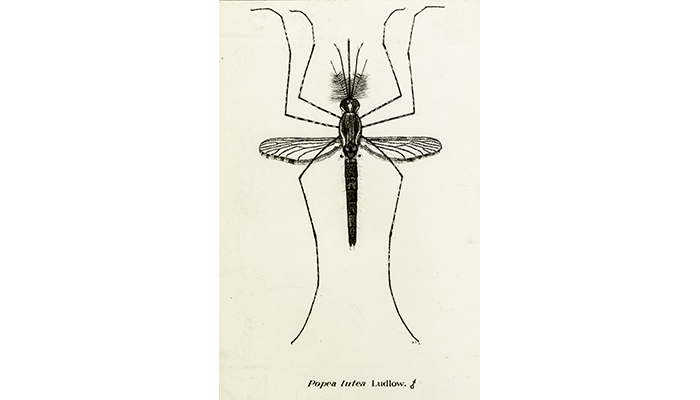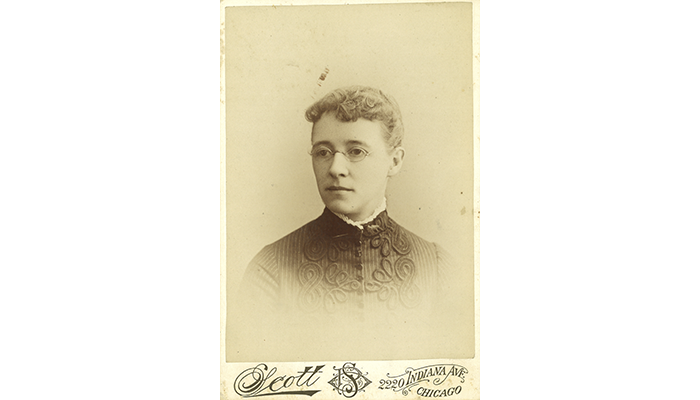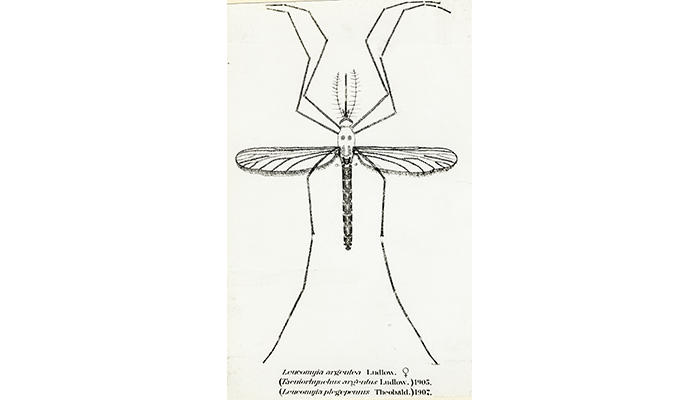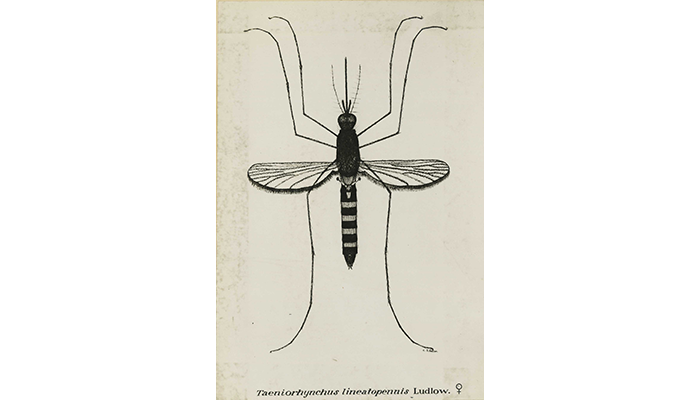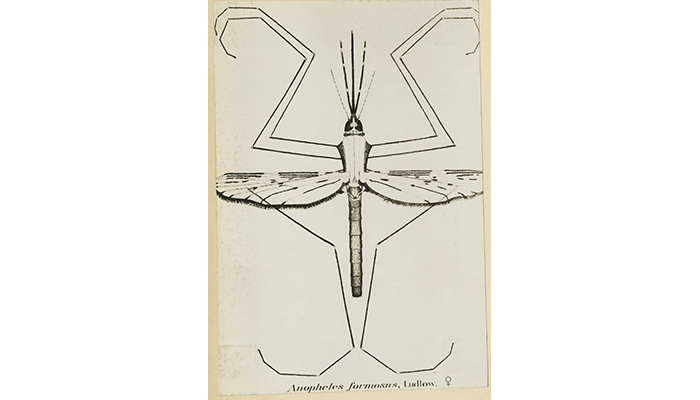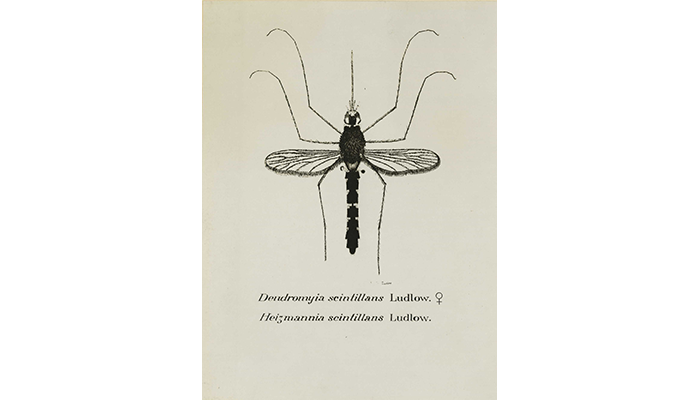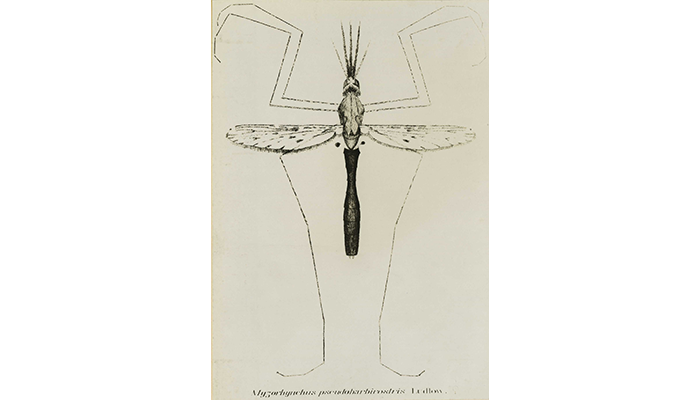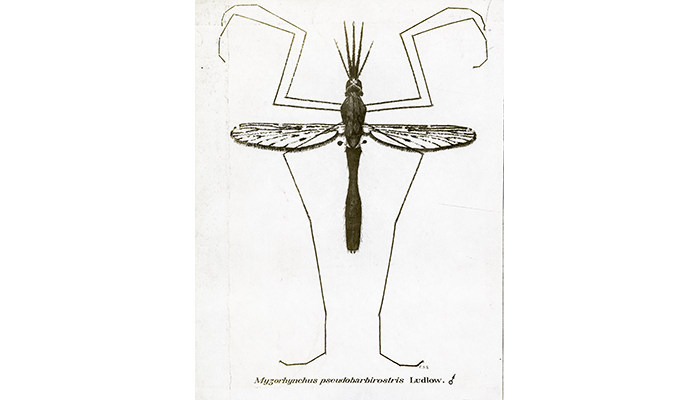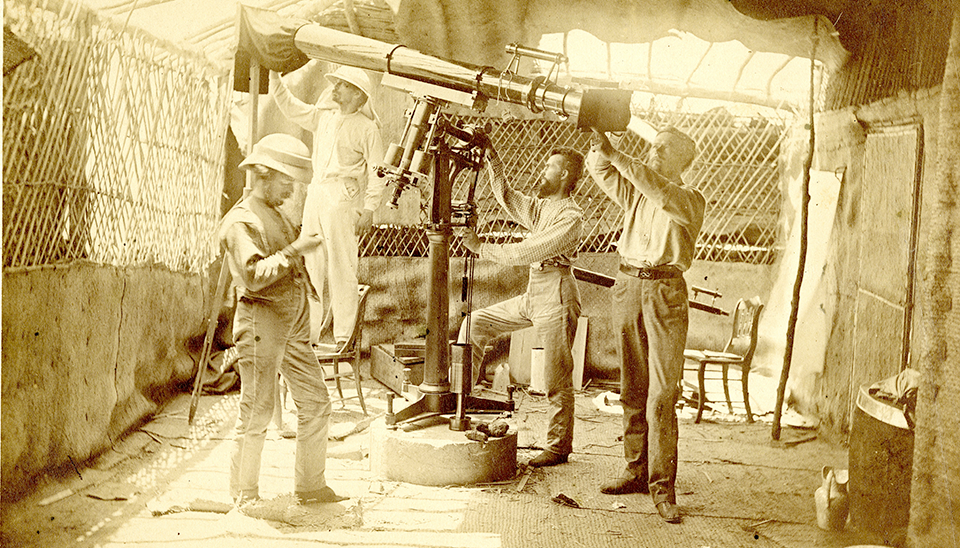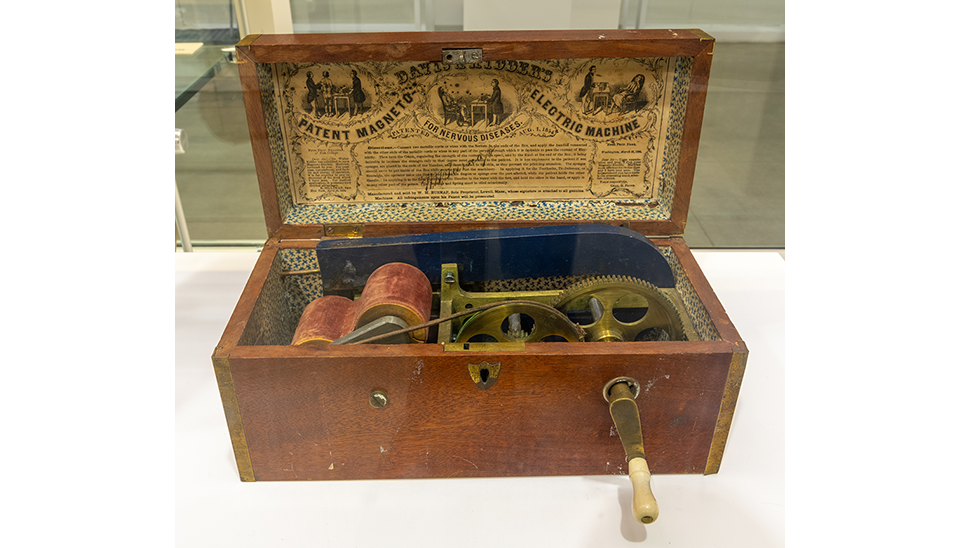Dr. Clara Southmayd Ludlow may not be well known to the general public, but she was, and still is, a major personality in the field of entomology. Her work on mosquito taxonomy and mosquito-borne diseases produced 49 scientific papers and publications where she identified 72 mosquito species and discovered six genera of mosquito. Ludlow was the only woman member of the American Society of Tropical Medicine, a fellow of the American Association for the Advancement of Science and member of the Washington Biological Club, Cambridge Entomological Club, the Women's Alliance, the Army Relief, and the Woman's Army and Navy League. Additionally, she was a suffragette at the Women's Suffrage Procession in 1913.
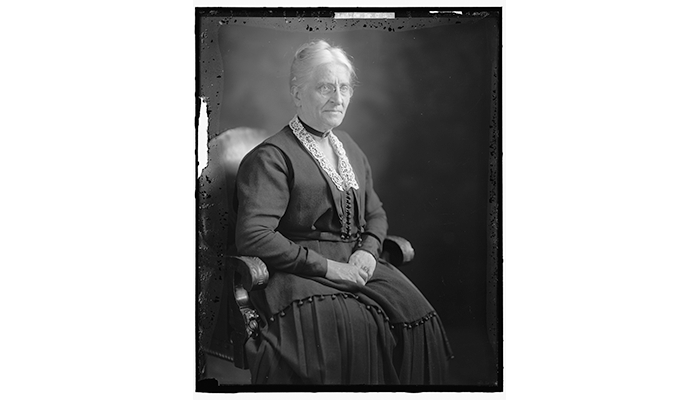
"Dr. Clara S. Ludlow, ca. 1905-1924" (credit to the United States Library of Congress, Prints and Photographs division, digital ID hec.18666)
Ludlow was renowned for her fiery personality and professional rivalry with fellow entomologist, Harrison Gray Dyer. Constantly trading biting scholarly notes back and forth in publications, nevertheless, in the final years of her life, they became true colleagues, working on taxonomy together. The year after her death, Dyer named two species of mosquitoes in her honor: Uranotaenia clara (Dyer and Shannan 1925) and Uranotaenia ludlowae (Dyer and Shannon 1925). These are two of six commemorations of her work in the field.
Before Ludlow ever expressed an interest in entomology, she was a student of music. Born just before the start of the Civil War, her father, Dr. Jacob Rapalje Ludlow was a surgeon to the 1st Regiment, Pennsylvania Volunteers.
She attended private academies, including the Conservatory of Music in Oberlain, Ohio, and in 1877, she was enrolled at the New England Conservatory of Music in Boston, Massachusetts. She graduated in 1879 and pursued teaching at the Monticello Female Seminary near Alton, Illinois. Much of her life in music is unknown, but she continued to teach and do work as an occasional concert pianist.
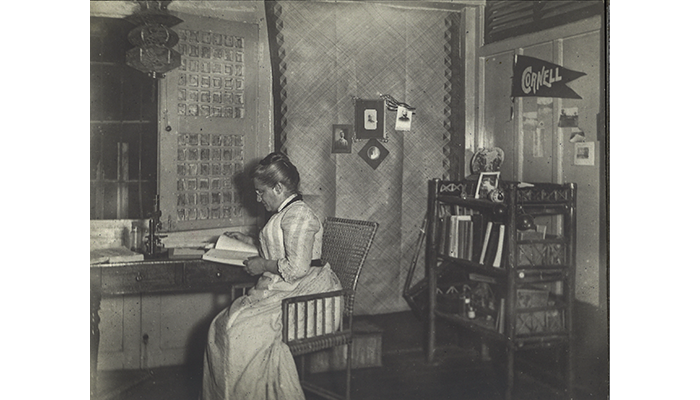
"Clara S. Ludlow at work in her room, ca. 1905-1911" (credit to University Archives, The Gelman Library, The George Washington University, Kayser Photographic Collection, PA-132)
It was not until 1897 that she began to turn away from music and to her passion in science when she enrolled at the all-male Agricultural and Mechanical College of Mississippi (now Mississippi State University). She graduated in 1900 with a Bachelor of Science in Agriculture, and in 1901 received her Master of Science in Botany, again by Mississippi A&M. Shortly thereafter, she visited her brother Henry in Manila, Philippines. An artillery officer with the Army, Henry contracted an illness that led Clara, purposefully or incidentally, to a life in military medicine. She escorted her brother home for treatment and began full studies into mosquitoes and mosquito-borne illnesses.
In 1903, she was already in communication with the Army Medical Museum, which would go on to become her professional home the following year. She wrote to museum Curator James Carroll about the museum's mosquito collection:
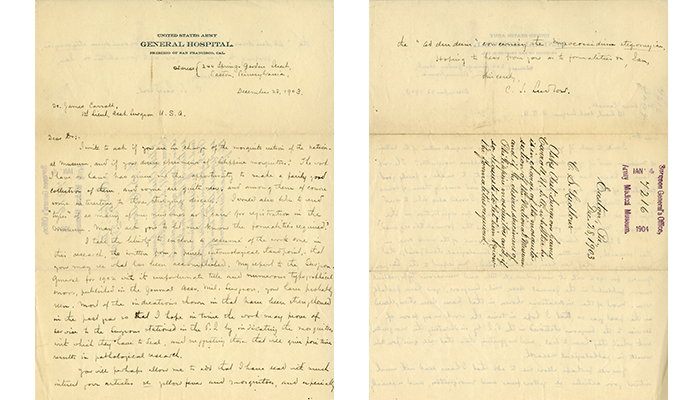
Letter from Clara Southmayd Ludlow to Maj. James Carroll regarding whether he is in charge of the mosquito section of the National Museum and if he desires specimens of Philippine mosquitoes, and if so, request to know the formalities required. (NumCorr07216-01)
In 1904, she was a lecturer at the Army Medical Museum and by 1907, a demonstrator of histology and embryology at The George Washington University.
During her time at The George Washington University, she also earned her Ph.D. with a dissertation entitled "The Mosquitoes of the Philippine Islands: The Distribution of Certain Species and Their Occurrence in Relation to the Incident of Certain Diseases."

"Dissertation of Clara S. Ludlow; 'The Mosquitos of the Philippine Islands: The Distribution of Certain Species, and Their Occurrence in Relation to the Incidence of Certain Disease,' 908" (NMHM, OHA 39 Museum Records: Biographical Files – Clara Ludlow)
For almost two decades, Dr. Ludlow wrote extensively on mosquitoes and their associated diseases. The museum's chief entomologist from 1920 until her death, Ludlow was one of the most prolific writers of her time in the field of entomology. Today she leaves a legacy at both the National Museum of Health and Medicine and in the field of entomology with her pioneering work in mosquito research.
We honor Ludlow and her contributions in entomology to military medicine as we participate in the Military Health System's annual Bug Week. The 2019 campaign from July 27 to August 2 aims to inform audiences on the role of bugs in health and medicine and to raise awareness and increase prevention of bug-borne illnesses.
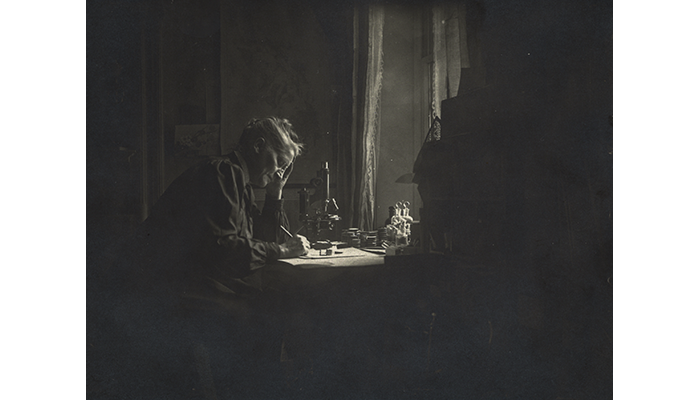
Resources
Curatorial Records, Ludlow Entomology Records (OHA 17)Relevant Links:
"The Mosquitos of the Philippine Islands: The Distribution of Certain Species, and Their Occurance in Relation to the Incidence of Certain Disease" by Clara S. Ludlow
https://apps.dtic.mil/dtic/tr/fulltext/u2/a591989.pdf
Walter Reed Biosystematics Unit: Systematic Catalog of Culicidae
http://mosquitocatalog.org/



